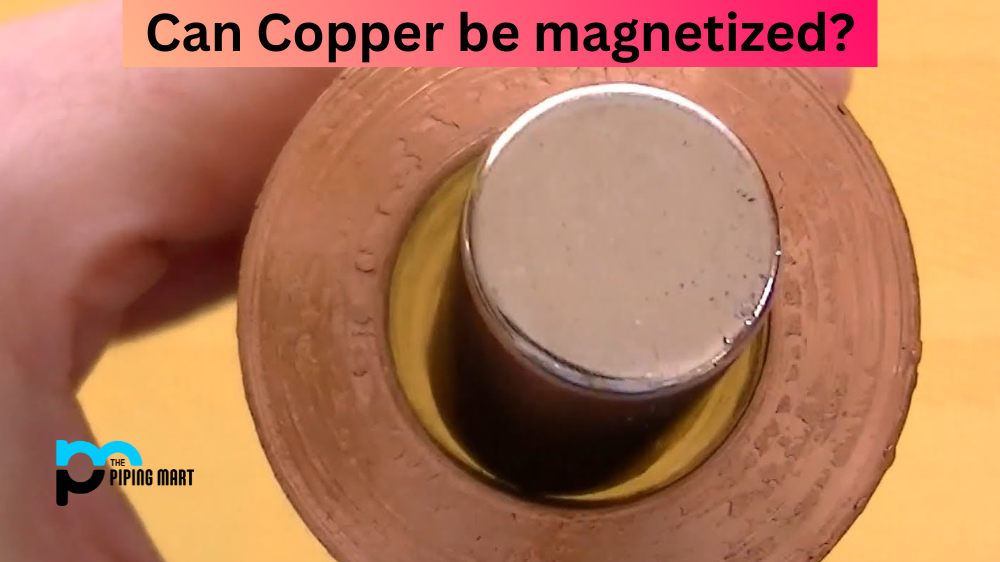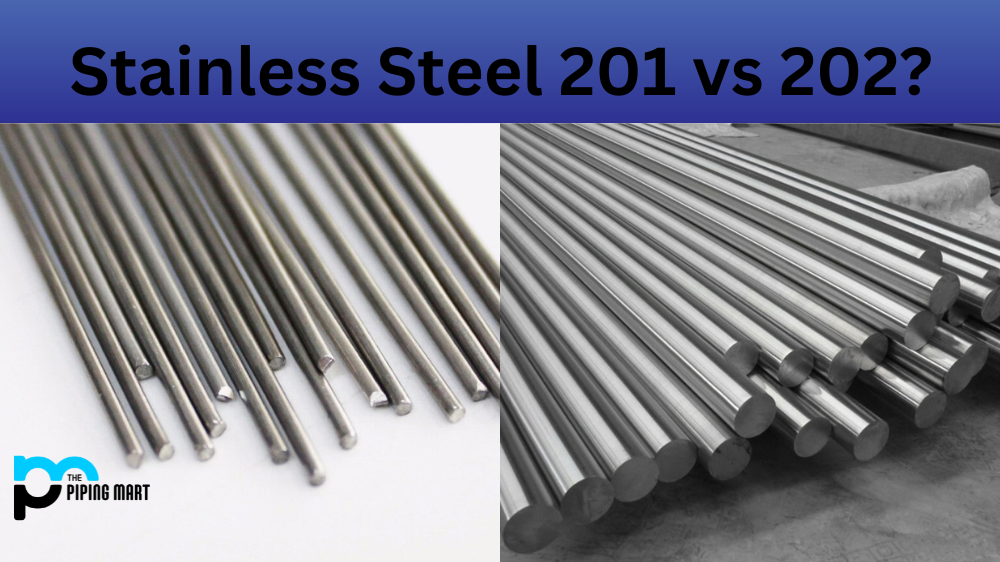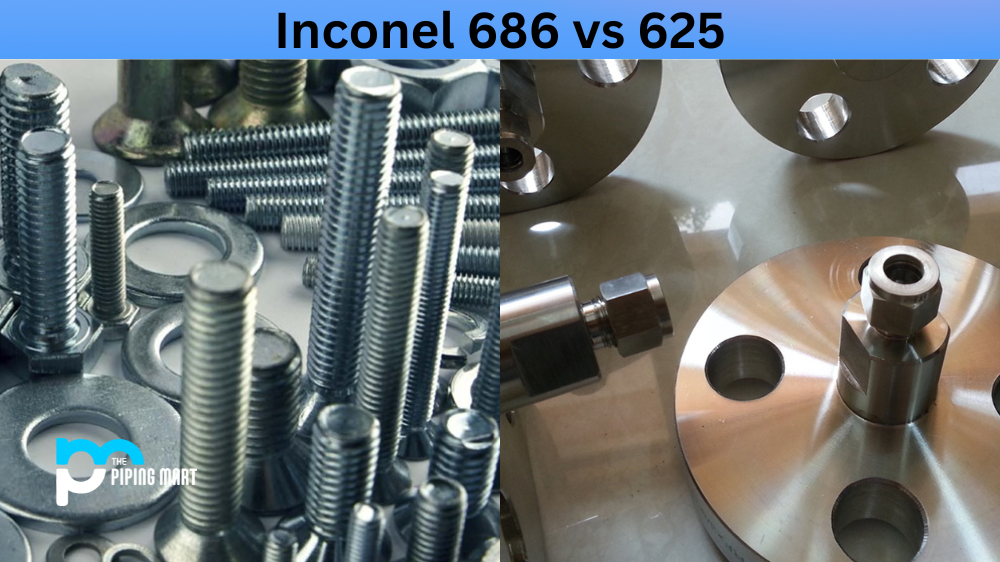Steel pipes are often used in various industries for their durability, strength, and affordability. But along with these advantages come some potential drawbacks that should be considered before deciding to use steel pipes for your project. Let’s take a look at the pros and cons of steel pipes so you can make an informed decision.
9 Advantages of Steel Pipes
Steel pipes are strong and durable, making them perfect for applications where they will be exposed to extreme temperatures or pressures. They can also withstand corrosion better than other piping materials, making them ideal for outdoor projects. Moreover, steel pipes are relatively affordable compared to other materials, making them the go-to choice for many construction projects.
Another advantage is that steel pipes can be easily customized. For instance, they can be bent into different shapes to meet the requirements of a project. Additionally, they are available in various lengths and sizes, allowing you to find the perfect fit for your needs. Finally, steel pipes require minimal maintenance due to their strength and durability; once installed, they can last for years without needing additional attention or repairs.
- Steel pipes are strong and durable.
- Steel pipes are corrosion-resistant and can last for many years with proper maintenance.
- Steel pipes are easy to install and require little maintenance once installed.
- Steel pipes are available in various sizes and can be customized to meet the needs of any project.
- Steel pipes can be used for a variety of applications, including the transportation of water, gas, and oil.
- Steel pipes can also be used for sewer and drainage applications.
- Steel pipes are recyclable and can be reused or repurposed for other projects.
- Steel pipes are cost-effective and offer a long-term solution for many projects.
- Steel pipes are low-maintenance and require little upkeep once installed.
- Steel pipes offer a variety of benefits that make them an ideal choice for many projects
6 Disadvantages of Steel Pipes
The main disadvantage of steel pipes is that they are susceptible to rust if regularly exposed to moisture or water over time. If your project requires frequent exposure to water or moisture (such as in plumbing systems), you may need to consider other types of piping material, such as plastic or copper, instead. Additionally, while they offer strength and durability compared to other materials, steel pipes may not be suitable for applications requiring flexibility (such as electrical wiring). Lastly, because they are heavier than other materials, such as aluminium or plastic piping materials, installing steel pipe systems can be more labour-intensive and expensive than using lighter alternatives.
Limited Flexibility
One of the primary disadvantages of steel pipes is that they are not very flexible. This can make them difficult to install, as they cannot be easily bent or shaped to fit into tight spaces. This lack of flexibility can also make them more susceptible to damage from earthquakes or other ground movement.
High Weight
Another disadvantage of steel pipes is their high weight. This can make them difficult to transport and increase shipping and handling costs. Additionally, the high weight can also make them more difficult to install.
Corrosion
Steel pipes are also susceptible to corrosion, leading to leaks and other problems. Corrosion occurs when the steel is exposed to water or other liquids, which causes it to rust. Rust can weaken the steel and cause it to break or leak.
Cost
One of the primary disadvantages of steel pipes is their cost. Steel pipes are generally more expensive than other types, such as plastic or concrete. Additionally, the installation and repair costs can also be higher for steel pipes than for other types of pipes.
Noise Pollution
Another disadvantage of steel pipes is that they can create noise pollution. This is because the steel vibrates when water or other liquids flow through it, which can create a loud noise. This noise pollution can be a nuisance for people who live near steel pipelines or who work close to them.
Aesthetics
Some people may also consider the aesthetics of steel pipes a disadvantage. Steel pipes are often considered to be unsightly, especially when they are corroded or rusted. Additionally, some people consider the noise flowing from water produces a negative aesthetic factor.
Conclusion
In conclusion, while some potential drawbacks are associated with using steel pipe systems, such as corrosion resistance and weight issues, there are several advantages too – namely strength and durability paired with affordability. These factors make it easy to see why many industries have used steel pipe systems in their projects; however, you must always weigh up all the pros and cons before deciding which type of piping system best suits your needs. With all that being said, it should now be easier for you to make a more informed decision about whether or not steel pipe systems work best for your particular project!
Meet Heer, a dynamic and driven writer learning tricks of her trade in the metal industry. With a background in Digital Marketing, Heer brings a unique perspective to her writing, sharing valuable insights. Apart from blogging she like reading and hiking.




